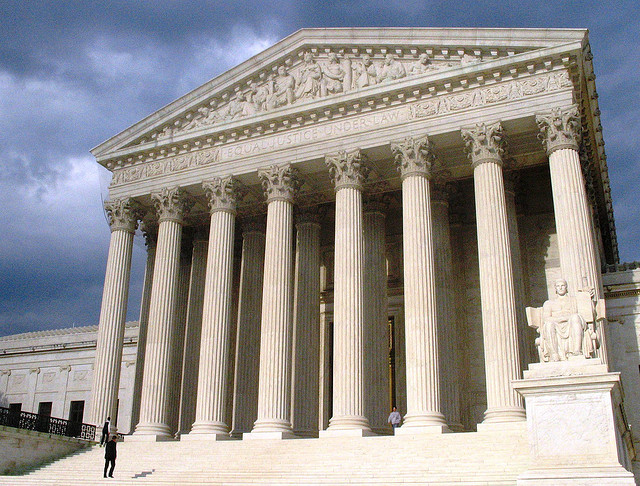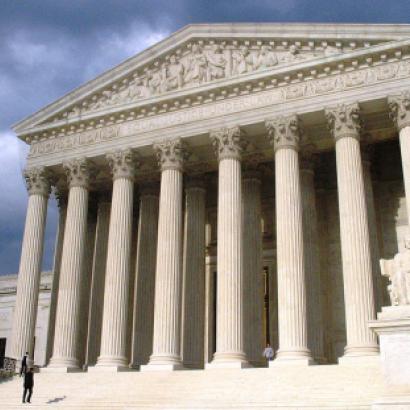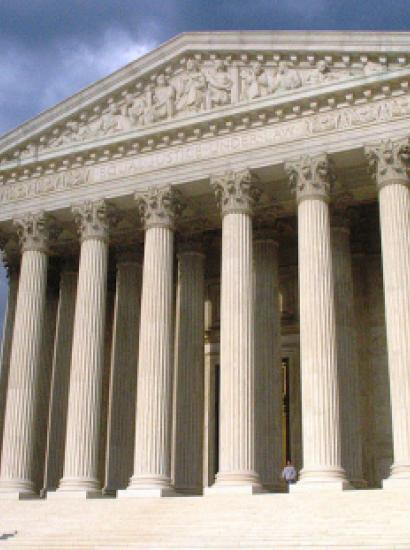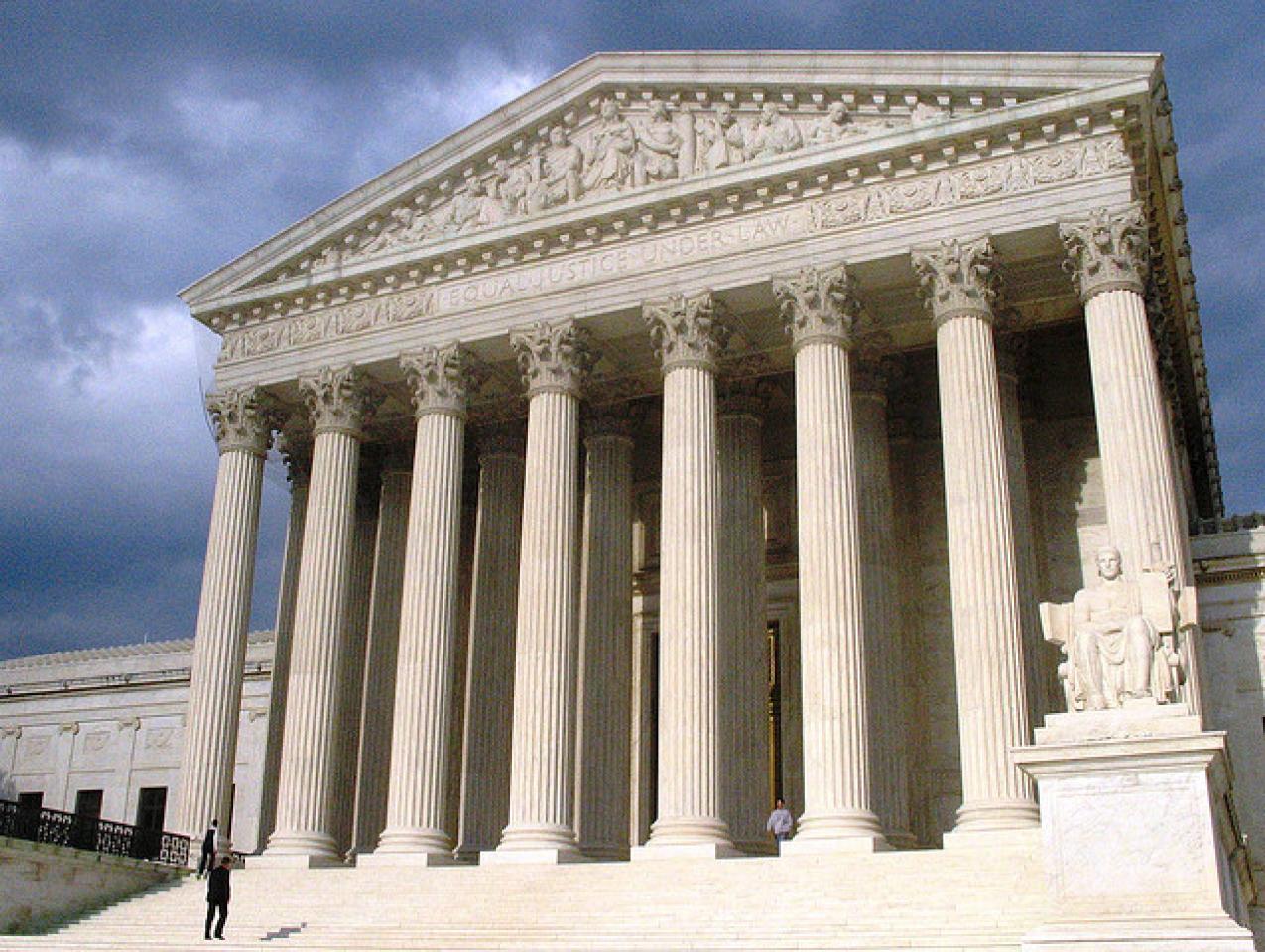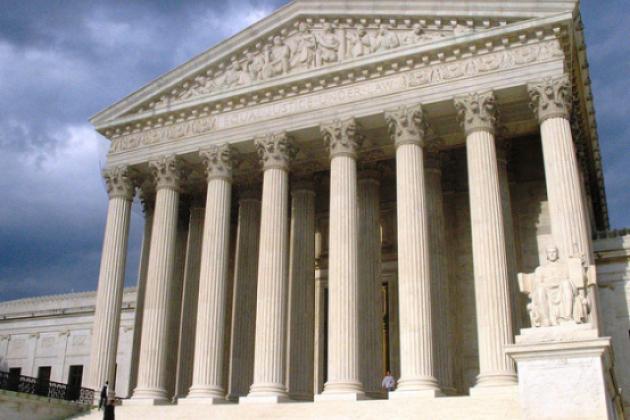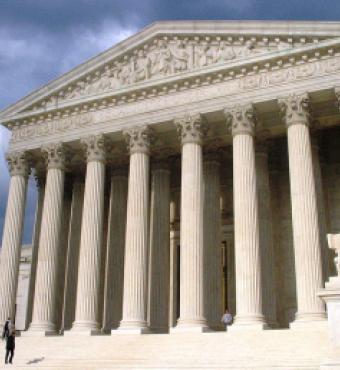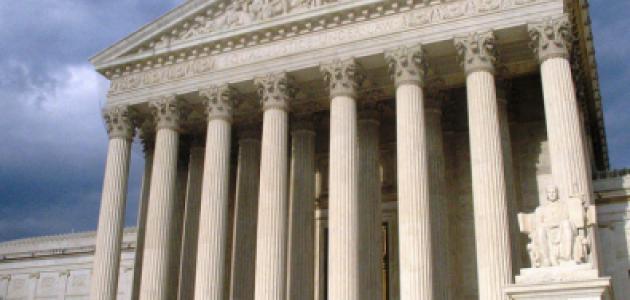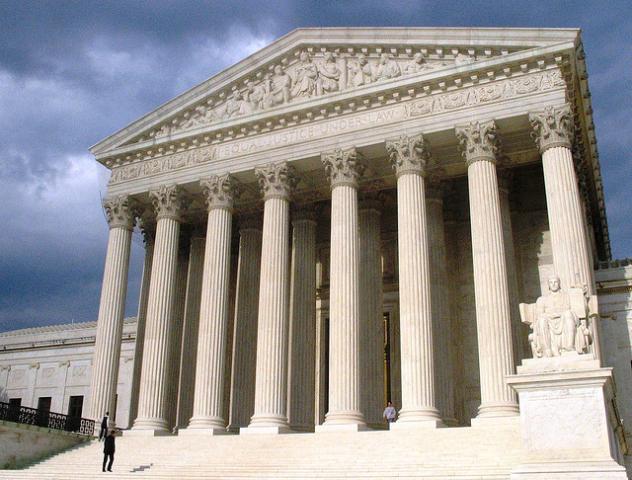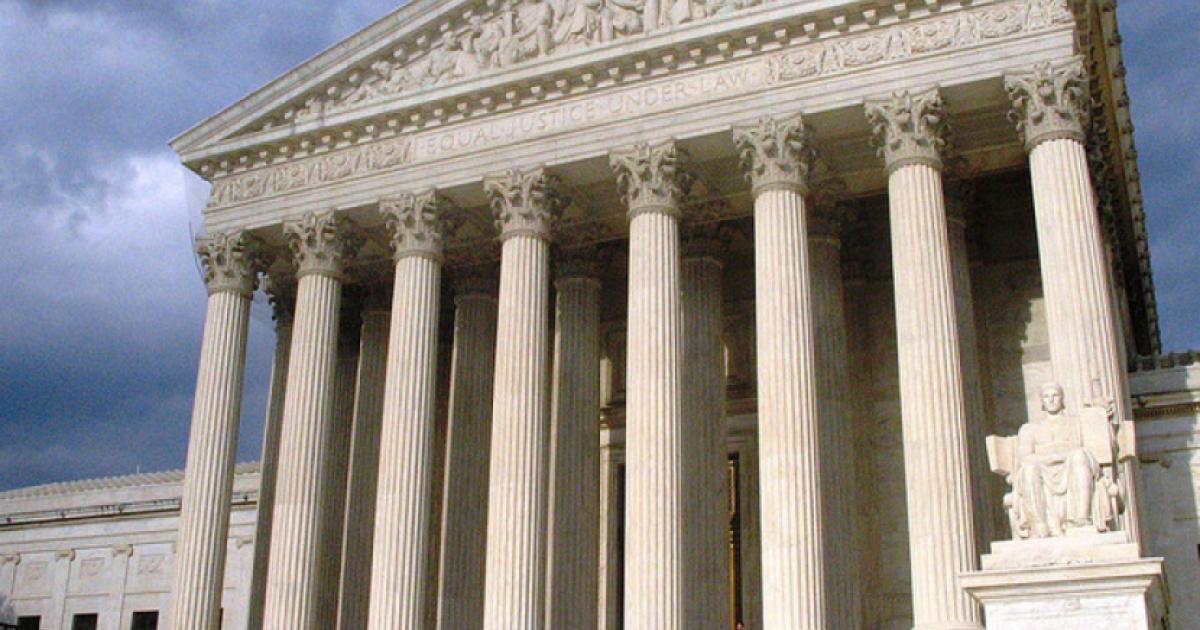The United States Supreme Court put abortion on center stage for its 2021–22 term last week when it agreed to review Dobbs v. Jackson Women’s Health Organization. In Dobbs, the Fifth Circuit struck down the Mississippi Gestational Age Act, which prohibits, except in cases of medical emergency or severe fetal abnormalities, abortions after fifteen weeks of gestational age. That statute is commonly understood to be in stark conflict with the 1973 Supreme Court decision in Roe v. Wade, which holds that a women’s right of privacy—itself nowhere explicitly stated in the Constitution—is “broad enough to encompass a woman’s decision whether or not to terminate her pregnancy” before the fetus is viable, estimated at roughly twenty-four weeks of gestational age. The balancing test of Roe was explicitly affirmed and further developed in the 1992 Supreme Court decision Planned Parenthood of Se. Pa. v. Casey, which concluded that the state’s “profound interest in potential life” is not “strong” enough to block an abortion or to impose an “undue burden” on that right.
Despite constant attacks on its constitutional pedigree, Roe has been affirmed by “an unbroken line” of cases, as the Fifth Circuit noted in Dobbs. Even so, the deep unease about Roe was clearly articulated in Judge James Ho’s concurring opinion, which acknowledged the precedential force of Roe only to sharply attack its methodological underpinnings for giving insufficient weight to the state’s interest. Though the Mississippi law posed three challenges to the current Roe/Casey synthesis, the court granted the state’s petition for certiorari solely on one question: “Whether all pre-viability prohibitions on elective abortions are unconstitutional.” The court declined to review on the temporizing question of whether, under the Roe/Casey framework, the Mississippi statute posed an “undue burden” on the abortion right.
Defenders of Roe view the case as an all-or-nothing choice. Thus, Emily Cain (of EMILY’s List) lamented that this “consequential” order now reveals the Republican goal “to overturn Roe and take away the right [for women] to make their own health care decisions.” Republicans, for their part, do not deny that charge, but insist that their tireless efforts to elect pro-life legislators has been vindicated by the grant of certiorari.
So what should the court do? A full answer to that question requires analyzing whether Roe was correct as a matter of constitutional law when handed down in 1973. If so, the decision should be reaffirmed. But if not, the inquiry becomes harder. The court is wary to disrupt even dubious doctrines on which private parties have placed extensive reliance. Roe has been the law of the land for nearly fifty years, and it enjoys widespread public support, even by many people who regard abortion as both dangerous and unwise. Such acceptance is plainly at odds with the sincerely held view of abortion’s opponents that the procedure is a form of deliberate homicide. It is difficult to find a general analytical framework that supports any proposed distinction between legal and moral entitlements, for if abortion is indeed a homicide, what magic elixir could make that act legal?
Two answers, neither of which carries the constitutional case, are suggestive. The first is that the administrative apparatus needed to enforce the anti-abortion mandate is far too intrusive to justify the perceived social gain. The second is that abortion should be regarded as a strictly private matter, since no woman claims her right to abortion lets her dictate that choice for any other woman. Deterrence rationales used to control other homicides tend to drop out of the case.
These two arguments are surely relevant, but hardly decisive. As to the first, even before Roe, enforcement of the abortion laws was directed toward clinics and physicians that offered abortion and not toward the woman herself. And the second point, while true, hardly justifies the decision to terminate the life of an unborn infant, especially by a procedure that Mississippi insists holds substantial risk to the life of the mother after fifteen weeks and exposes the fetus, which by that age has a complex neural circuitry, to the painful process of termination. Interestingly enough, the Mississippi statute does not raise the broadest possible objection to abortion, namely, that life begins at conception. In that case, abortions would likely be allowed only in cases where the mother’s life is endangered, where the fetus is severely deformed or damaged, or where the pregnancy was the result of rape or incest. Before Roe, state criminal statutes gave more extensive protection to the fetus than the Mississippi law at issue here.
These considerations were foremost in my mind when I wrote Substantive Due Process by Any Other Name: The Abortion Cases (1973) in the Supreme Court Review. Ironically, the title of the article was given by Philip Kurland, then editor of the journal, who thought that Roe was of a piece with Lochner v. New York (1905). At the time, Lochner was widely regarded as a usurpation of the legislative function under the substantive due process banner. The legal scholar John Ely condemned the case as internally incoherent, as “a contradiction in term—sort of like ‘green pastel redness.’ ”
My view was quite different. Substantive due process covers cases in which defects in the legislative process are so pronounced that the twisted substantive rules they produce cannot withstand judicial scrutiny. Hence, my condemnation of Roe was distinguished from Lochner on the grounds that Roe dealt with a health and safety measure that fell within the general police power reserved to the states, while Lochner’s maximum-hour law was a thinly disguised labor statute intended to favor union bakers over their nonunion rivals, as law professor David Bernstein has convincingly shown. At this point, Mississippi’s critique of Roe does not go far enough, as nothing whatsoever requires, or indeed allows, any effort to use viability as the marker for constitutional limits on state power.
Moreover, properly understood, traditional criminal prohibitions on abortion should not be described as “taking” from women the right to make their own health care decisions, an overbroad claim advanced by Emily Cain. Whether Roe stands or falls, women have the undisputed right to decide to become pregnant and to make countless numbers of other health care decisions as fully autonomous individuals. No one would say that a woman’s right to make her health care decisions would allow her to neglect the care of her own children after birth.
Indeed, no less a figure than Ruth Bader Ginsburg has lamented that Roe went too far and that a “less encompassing Roe, one that merely struck down the extreme Texas law [at issue criminalizing abortion] and went no further, might have served to reduce rather than to fuel controversy.” Ginsburg proved prescient, as Roe has directed litigation toward such genuinely difficult questions as whether the state must fund abortions so long as it chooses to fund other health care procedures, which a bitterly divided Supreme Court rejected in Harris v. McRae (1980).
Ultimately, the hard question here is what limitations on individual autonomy are allowed. Overruling Roe does nothing to prevent state legislatures, especially those in blue states, from passing laws affirming women’s autonomy by liberalizing abortions far beyond their common-law roots. Indeed, New York State did just that in 1970, and in 2019 passed its own Reproductive Health Act that codified Roe. Arguments that curtailing abortion rights do nothing but lead to back-alley abortions while prejudicing the poor are compelling and carry great weight in the legislative arena irrespective of their relevance in constitutional jurisprudence.
At this point, the debate shifts to the juridical question of whether the principle of stare decisis—let the decision stand—insulates Roe from being overruled. We can be confident that this issue will add yet another layer of controversy to the underlying question. The consequences of reinjecting the issue into the political arena will be endlessly debated, with many fearing its increased salience can only increase societal unrest. It seems quite likely that overturning Roe would fracture what remains of the uneasy coalition between pro-market Republicans and their religious compatriots, potentially undermining Republican chances of retaking the House and Senate in 2022.
My own weak preference is to let Roe stand, wrong as it is, and to use moral suasion to reduce the number of abortions throughout the United States. But the ultimate resolution depends on how the above arguments resonate with the five or six conservatives on the Supreme Court. Chief Justice Roberts is likely to trim his sails by voting to keep Roe, but he is no longer the swing vote. The five other conservative justices are likely to take the opposite course for either or both of two reasons: first, their sense of judicial restraint recoils at Roe’s unprincipled constitutional adventurism; and second, that abortions are wrongful conduct that state legislatures should be permitted to regulate and punish. Even in this highly charged world, I cannot think of any strong substantive constitutional argument that could persuade them not to overturn Roe.







